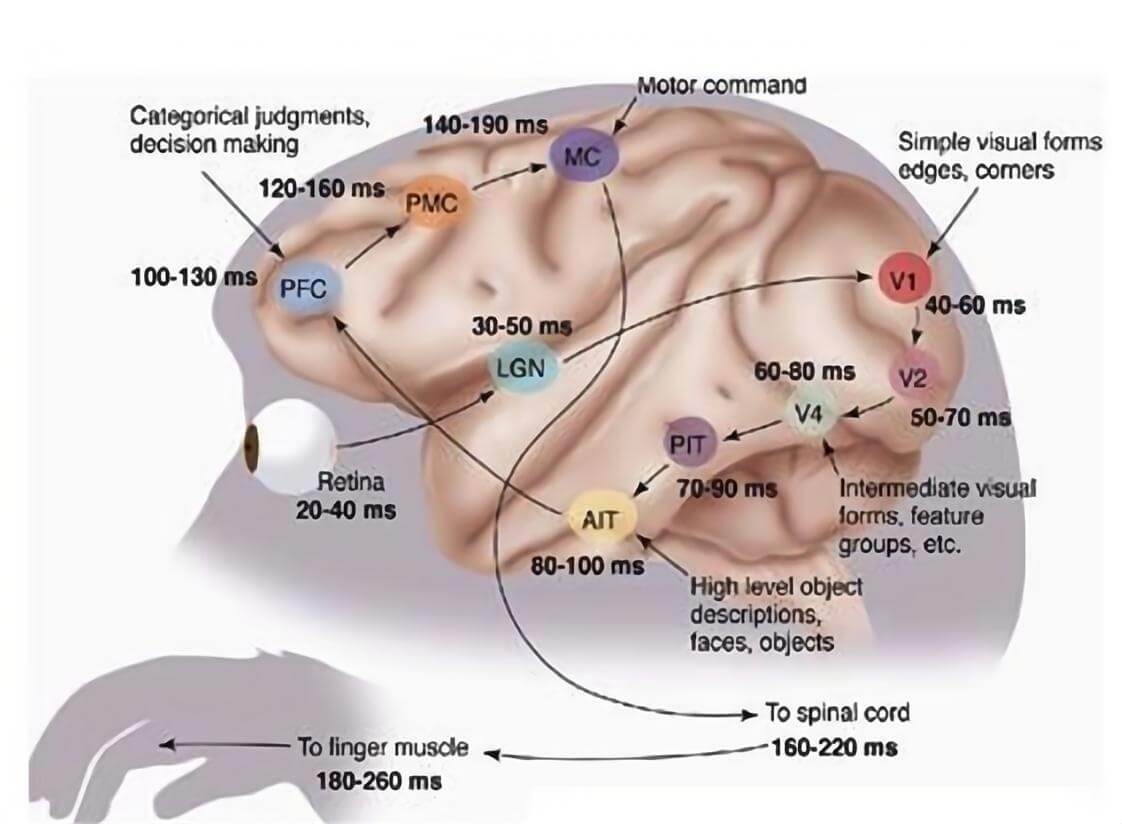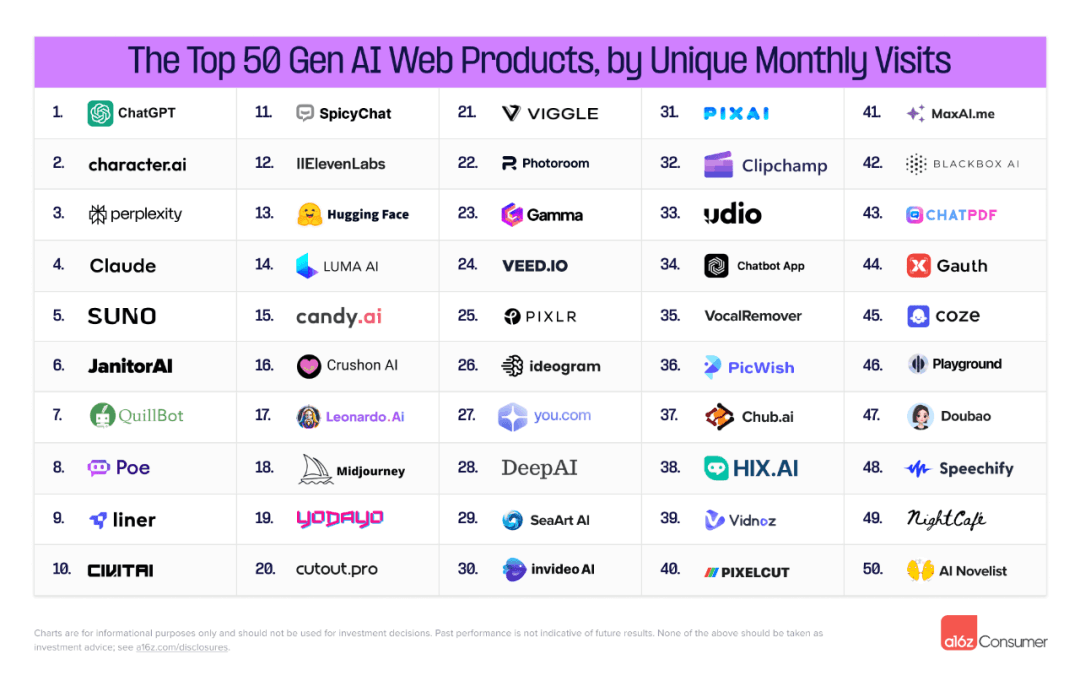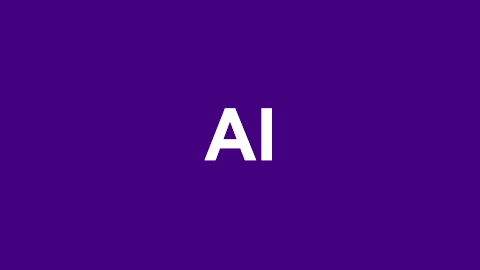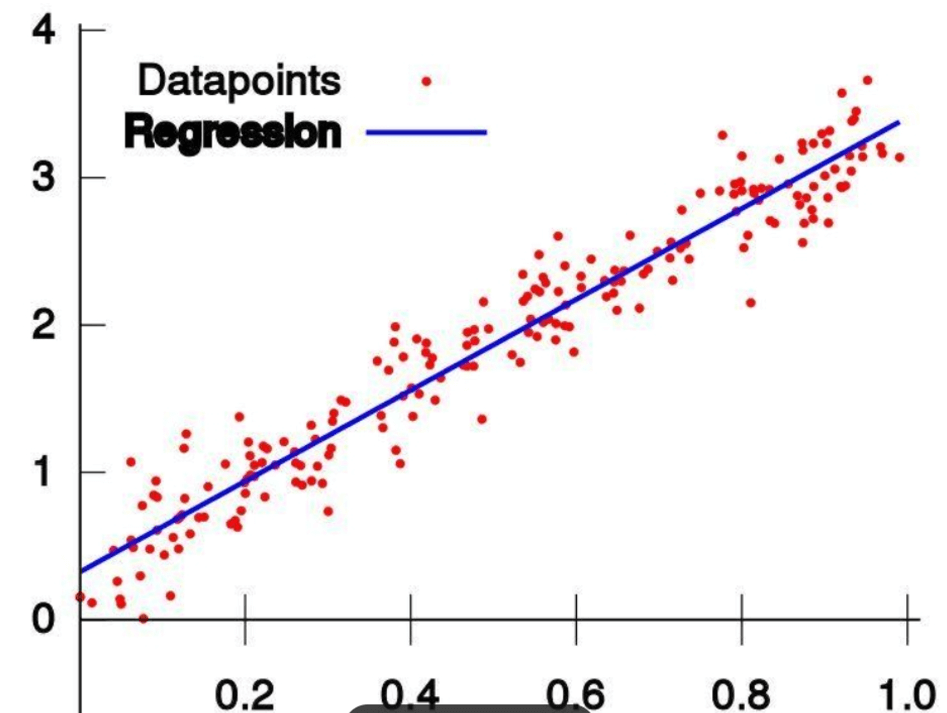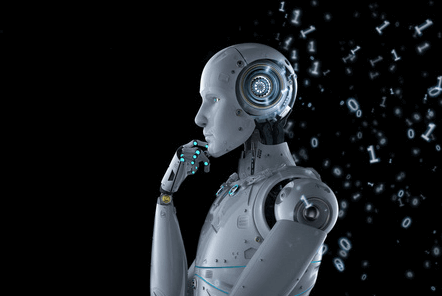According to projections for 2027, concerns about global water shortages may intensify as AI demands lead to substantial water extraction—from underground or surface water sources, temporarily or permanently. This water usage is expected to approximate half of Denmark and the United Kingdom’s annual total water extraction, amounting to 4.2 to 6.6 billion cubic meters.
We’re all aware of AI’s power requirements, but fewer people realize how much water AI consumes.
Imagine making two packs of instant noodles, which may require only half a liter of water. But if you’re told that a single online conversation with an AI tool like ChatGPT consumes a similar amount, you might be surprised. Though this amount seems small, with millions of people using chatbots daily, it becomes a significant figure and adds to the total water footprint (Editor’s Note: the total volume of fresh water directly or indirectly consumed).
According to a study on ChatGPT’s water usage by ICT expert A. Shaji George, each long conversation with an AI chatbot consumes around 0.5 liters of water. This applies to all existing AI systems and large language models.
Another study, The Secret Water Footprint of AI Models, by Pengfei Li and Shaolei Ren from the University of California, Riverside, also highlighted AI’s “thirst” and predicted the pressure AI workloads may place on fresh water resources.

According to projections for 2027, AI demand is expected to lead to significant water extraction amid global water shortage concerns—from underground or surface water sources, either temporarily or permanently. This water usage is estimated to be roughly half of Denmark and the United Kingdom’s annual total water extraction, approximately 4.2 to 6.6 billion cubic meters.
Considering humanity’s annual consumption of about 400 billion cubic meters of freshwater (according to the United Nations World Water Development Report and the United Nations Food and Agriculture Organization), this figure becomes particularly significant.
AI training data centers are one of the major sources of water consumption. According to the study, even excluding third-party facilities, Google’s own data centers directly extracted 25 billion liters of water in 2022, using nearly 20 billion liters for on-site cooling, most of which was potable water.
1. How Does AI Use Water?
AI’s water usage can be divided into three parts. First, it includes water consumption at data centers that support AI workloads. These data centers house high-performance servers, which require substantial cooling due to constant heating. Most cooling systems, such as cooling towers and external air cooling, are highly sensitive to water usage. Cooling towers, for example, may require up to 9 liters of water for every kilowatt-hour of energy consumed during peak hours.
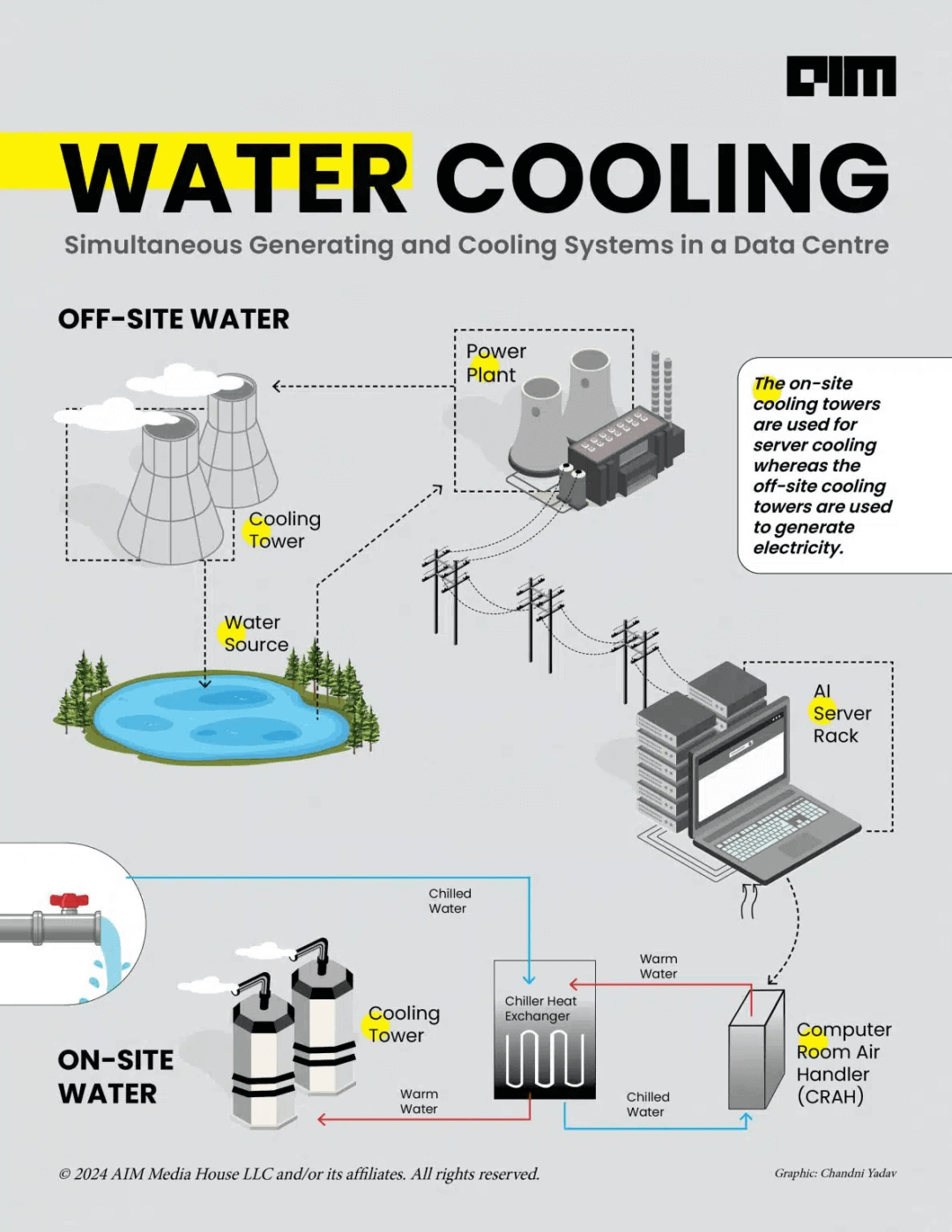
Second, water is also used in thermal power plants. Thermal plants provide electricity for data centers, and power generation itself requires large amounts of water. In the United States, an average of 43.8 liters of water is needed per kilowatt-hour of power generated.
Additionally, manufacturing AI chips also requires water. This process may consume millions of liters daily, especially for processes that require ultra-pure water, such as water fabrication.
2. Seeking Greener AI Solutions
Are underwater data centers the solution? In June 2024, Microsoft officially announced the end of its underwater data center project, Project Natick. Started in 2013, the project aimed to explore the efficiency of underwater data centers powered by renewable energy. By using seawater for cooling, the project sought to make the cooling process more efficient. Despite some promising results, Microsoft decided to halt further development.
“We learned a lot from underwater operations, vibrations, and their impact on servers. We’ll apply these learnings to other scenarios,” said Noelle Walsh, head of Microsoft Cloud Operations and Innovation (CO+I).
In March last year, in Qingshui Bay of Lingshui Li Autonomous County, Hainan, we launched the world’s first commercial underwater data center. According to the general manager of Hailan Yun Underwater Data Center, the center saves 122 million kilowatt-hours of electricity annually, reduces land use by 68,000 square meters, and conserves 105,000 tons of freshwater.
Many other companies have also attempted to build successful underwater data centers to save freshwater resources. However, experts believe there is still room for improvement in resource management efficiency.
